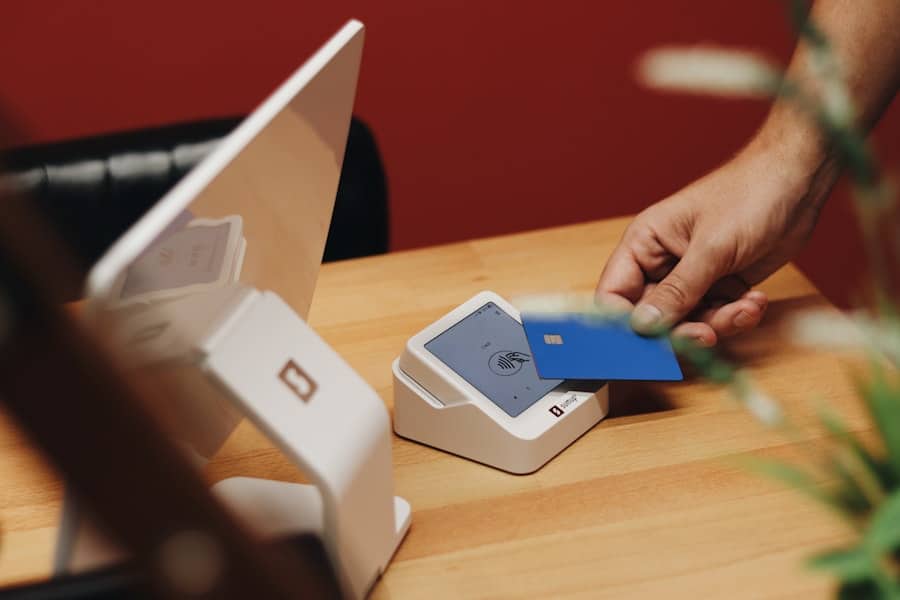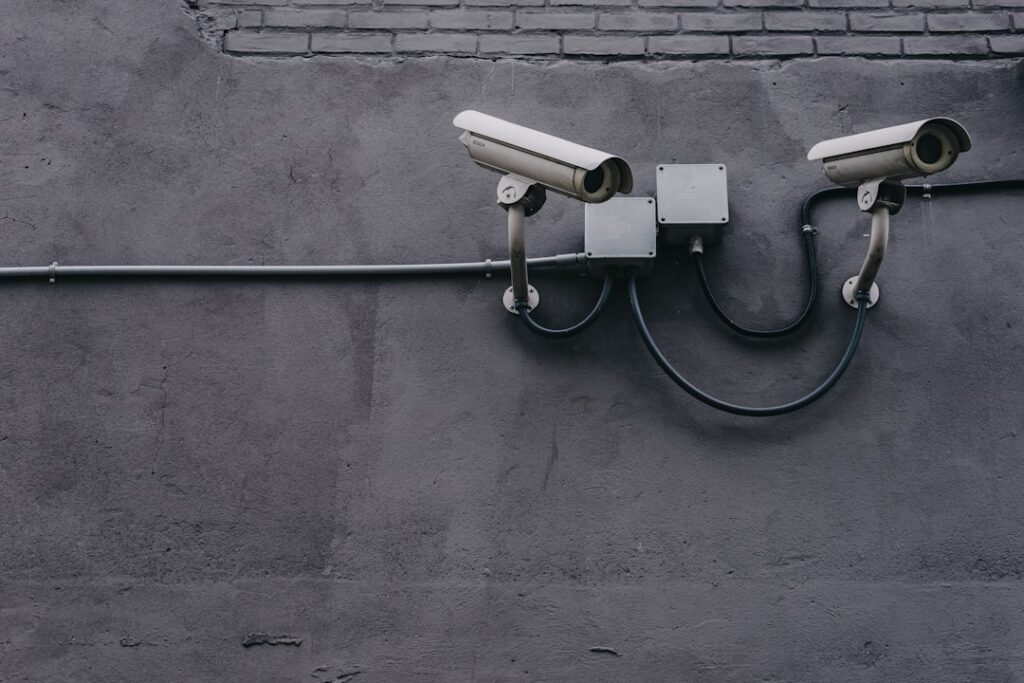In the rapidly evolving landscape of healthcare IT, the importance of security and compliance cannot be overstated. As medical practices increasingly adopt digital solutions to enhance patient care and streamline operations, they also become more vulnerable to cyber threats and regulatory scrutiny. The integration of technology in healthcare has transformed how patient data is collected, stored, and shared, making it imperative for healthcare organizations to prioritize security measures and compliance with regulations such as the Health Insurance Portability and Accountability Act (HIPAA).
This act mandates stringent guidelines for protecting patient information, and non-compliance can lead to severe penalties, including hefty fines and reputational damage. Moreover, the rise of telehealth services and remote patient monitoring has further complicated the security landscape. With sensitive patient data being transmitted over various platforms, healthcare providers must ensure that their systems are fortified against unauthorized access and breaches.
The stakes are high; a single data breach can compromise thousands of patient records, leading to identity theft and loss of trust in healthcare providers.
Key Takeaways
- Medical practices must prioritize security and compliance to protect patient data and adhere to regulations.
- Electronic Health Records (EHR) management tools are essential for organizing and securing patient information.
- Secure communication and messaging platforms help healthcare professionals exchange sensitive information safely.
- Data encryption and secure storage solutions are crucial for safeguarding patient data from unauthorized access.
- Compliance monitoring and reporting software helps medical practices stay on top of regulatory requirements and avoid penalties.
Electronic Health Records (EHR) Management Tools
Ensuring Authorized Access
One of the primary concerns is ensuring that patient data is accessible only to authorized personnel while remaining secure from cyber threats. EHR systems must incorporate robust authentication mechanisms, such as multi-factor authentication (MFA), to prevent unauthorized access.
Compliance with HIPAA Regulations
Healthcare organizations must ensure that their EHR systems comply with HIPAA regulations. This includes implementing audit trails that track who accessed patient information and when. Regular audits can help identify potential vulnerabilities in the system and ensure that all staff members adhere to compliance protocols.
Enhancing Operational Efficiency
By leveraging advanced EHR management tools that prioritize security features, healthcare providers can enhance their operational efficiency while safeguarding sensitive patient data. This enables them to focus on providing quality care to their patients while maintaining the confidentiality and integrity of patient records.
Secure Communication and Messaging Platforms

Effective communication among healthcare professionals is crucial for delivering high-quality patient care. However, traditional communication methods, such as email and text messaging, often lack the necessary security measures to protect sensitive health information. Secure communication and messaging platforms designed specifically for healthcare settings offer a solution by providing encrypted channels for sharing patient data.
These platforms not only ensure compliance with HIPAA regulations but also enhance collaboration among care teams. For instance, secure messaging applications allow physicians, nurses, and administrative staff to communicate in real-time without the risk of exposing patient information to unauthorized individuals. By adopting these secure communication tools, healthcare organizations can improve workflow efficiency while maintaining the confidentiality of patient data.
Data Encryption and Secure Storage Solutions
Data encryption is a critical component of any comprehensive security strategy in healthcare IT. Encrypting sensitive patient information ensures that even if data is intercepted or accessed without authorization, it remains unreadable without the appropriate decryption keys. Healthcare organizations must implement encryption protocols for both data at rest and data in transit to mitigate the risk of data breaches.
In addition to encryption, secure storage solutions are essential for protecting patient records. Cloud-based storage options can offer scalability and accessibility; however, they must be configured with robust security measures. Healthcare providers should choose storage solutions that comply with HIPAA regulations and include features such as automatic backups, access controls, and regular security assessments.
By prioritizing data encryption and secure storage, healthcare organizations can significantly reduce their vulnerability to cyber threats.
Compliance Monitoring and Reporting Software
Maintaining compliance with healthcare regulations requires ongoing monitoring and reporting to identify potential risks and ensure adherence to established protocols. Compliance monitoring and reporting software can automate this process, providing healthcare organizations with real-time insights into their compliance status. These tools can track various metrics related to HIPAA compliance, including access logs, audit trails, and incident reports.
By utilizing compliance monitoring software, healthcare organizations can proactively address potential issues before they escalate into significant problems. For example, if a particular department consistently fails to adhere to security protocols, management can intervene with targeted training or policy adjustments. Furthermore, these tools can simplify the reporting process during audits or investigations by providing comprehensive documentation of compliance efforts.
In an era where regulatory scrutiny is increasing, investing in compliance monitoring software is a strategic move for healthcare organizations.
Identity and Access Management Tools

Identity and access management (IAM) tools play a pivotal role in safeguarding sensitive patient information by ensuring that only authorized personnel have access to specific data sets. These tools enable healthcare organizations to implement role-based access controls (RBAC), which restrict access based on an individual’s job responsibilities. By limiting access to sensitive information, organizations can reduce the risk of insider threats and accidental data exposure.
Moreover, IAM tools often include features such as single sign-on (SSO) capabilities, which streamline the login process for users while maintaining security standards. This not only enhances user experience but also reduces the likelihood of password fatigue, which can lead to weak password practices. By adopting robust IAM solutions, healthcare organizations can create a secure environment that protects patient data while facilitating efficient workflows.
Employee Training and Awareness Programs
Even the most advanced security technologies cannot fully protect healthcare organizations from human error. Employee training and awareness programs are essential for fostering a culture of security within medical practices. These programs should educate staff about the importance of data protection, common cyber threats such as phishing attacks, and best practices for safeguarding patient information.
Regular training sessions can help reinforce security protocols and ensure that employees remain vigilant against potential threats. For instance, simulated phishing exercises can provide staff with hands-on experience in identifying suspicious emails or messages. By empowering employees with knowledge and skills related to cybersecurity, healthcare organizations can significantly reduce their risk of data breaches caused by human error.
Incident Response and Disaster Recovery Tools
Despite best efforts in prevention, incidents may still occur; therefore, having a robust incident response plan is crucial for healthcare organizations. Incident response tools enable organizations to quickly identify, contain, and remediate security breaches or data loss events. These tools often include features such as automated alerts, forensic analysis capabilities, and incident tracking systems.
In addition to incident response tools, disaster recovery solutions are essential for ensuring business continuity in the event of a significant disruption. Healthcare organizations must have a comprehensive disaster recovery plan that outlines procedures for restoring critical systems and data following an incident. This may involve regular backups of patient records and system configurations stored securely offsite or in the cloud.
By investing in incident response and disaster recovery tools, healthcare organizations can minimize downtime and maintain trust with patients during challenging situations. In conclusion, as healthcare IT continues to evolve, so too must the strategies employed by medical practices to ensure security and compliance. By leveraging advanced technologies such as EHR management tools, secure communication platforms, data encryption solutions, compliance monitoring software, IAM tools, employee training programs, and incident response mechanisms, healthcare organizations can effectively mitigate risks associated with cyber threats and regulatory non-compliance.
Healthcare professionals and IT decision-makers must remain proactive in addressing these challenges by staying informed about emerging trends and technologies in the field. As we look toward the future, innovations such as artificial intelligence (AI) in cybersecurity and blockchain technology for secure health information exchange hold promise for enhancing security measures further. Key takeaways include: – Prioritize security measures in EHR management.
– Implement secure communication platforms tailored for healthcare.
– Utilize encryption for data protection.
– Invest in compliance monitoring software for proactive risk management.
– Adopt IAM tools for controlled access to sensitive information.
– Foster a culture of security through employee training.
– Prepare for incidents with robust response plans.
By taking these actionable steps, healthcare organizations can not only protect sensitive patient information but also enhance their overall operational efficiency in an increasingly digital world.
If you are looking to enhance the cybersecurity measures at your medical practice, you may also want to consider implementing better cybersecurity practices at your law firm. This article discusses the importance of cybersecurity for law firms and provides valuable insights on how to improve security measures. Additionally, with the rise of remote work, creating an incident response plan is crucial. This guide offers helpful tips on creating an effective incident response plan to address cybersecurity threats in a remote work environment.
FAQs
What are the must-have tools for keeping a medical practice secure and compliant?
The article lists 10 essential tools for maintaining security and compliance in a medical practice, including encryption software, secure messaging platforms, antivirus and anti-malware software, firewalls, and access control systems.
Why is it important for a medical practice to prioritize security and compliance?
Medical practices handle sensitive patient information and are subject to strict regulations such as HIPAA. Prioritizing security and compliance helps protect patient data, avoid legal and financial penalties, and maintain trust with patients.
How can encryption software help keep a medical practice secure and compliant?
Encryption software can protect sensitive data by converting it into a code that can only be accessed with the correct decryption key. This helps ensure that patient information remains secure and compliant with privacy regulations.
What role do secure messaging platforms play in maintaining security and compliance in a medical practice?
Secure messaging platforms provide a way for healthcare professionals to communicate and share patient information securely, ensuring that sensitive data is protected and compliant with privacy regulations.
How do antivirus and anti-malware software contribute to the security and compliance of a medical practice?
Antivirus and anti-malware software help protect against malicious software and cyber threats that could compromise patient data. By preventing and removing malware, these tools help maintain security and compliance.
What is the purpose of a firewall in a medical practice’s security and compliance strategy?
A firewall acts as a barrier between a medical practice’s internal network and external threats, helping to prevent unauthorized access and protect sensitive patient information. It is an essential tool for maintaining security and compliance.
How can access control systems enhance the security and compliance of a medical practice?
Access control systems help regulate who can access certain areas or information within a medical practice, reducing the risk of unauthorized access to patient data and ensuring compliance with privacy regulations.
What are some other tools or measures that can help keep a medical practice secure and compliant?
In addition to the 10 tools mentioned in the article, other measures such as regular security training for staff, data backup solutions, and secure remote access tools can also contribute to the security and compliance of a medical practice.
How can a medical practice ensure that the tools they use are compliant with relevant regulations?
Medical practices should ensure that the tools they use are compliant with regulations such as HIPAA by conducting thorough research, seeking guidance from legal and compliance professionals, and choosing reputable vendors with a track record of compliance.


